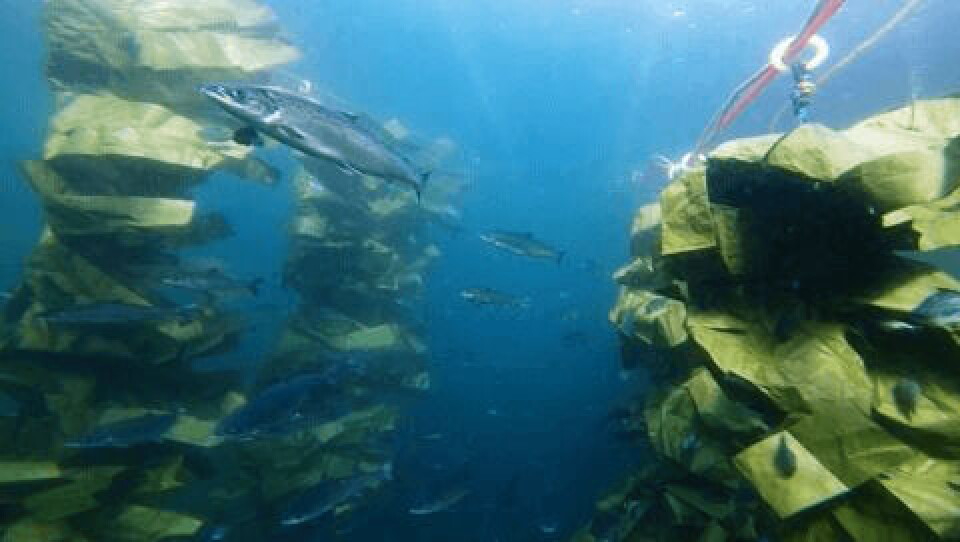
Salmon farmers asked for views on enriching environment for fish
Scotland’s fish farmers are being asked their views on enriching the environment in which fish are grown, and how practical such measures could be.
Land animal farmers are also invited to take part in a short survey for research led by Stirling University aquaculture student Thomas Dumond, supervised by Dr Sonia Rey Planellas.
He is comparing the use of environmental enrichments in terrestrial animal farming to their use in aquaculture.
What is feasible?
The lockdown imposed to combat the spread of Covid-19 means that much of his research is based on reviewing what had already been published in scientific papers, but he is also keen to hear from those involved in production.
Dumond, who is studying for a master’s degree in aquatic veterinary sciences and sustainable aquaculture, said: “We would like not only to look at what has been done in research but also what is feasible for the farmers.
“Implementing such regulations, measures or devices is not always easy and we would like to know their point of view on some questions.
“Anybody working in the farming industry of any animal species can take part in this survey and all the answers are kept anonymous. More information is provided at the beginning of the survey.”
Cleaner fish hides
Dumond said his research offered potential benefits to the aquaculture and terrestrial agriculture industries.
Existing examples of environmental enrichment in aquaculture include hides for wrasse and lumpfish used as cleaner fish to remove lice from salmon in net pens.
The survey is designed to take no more than 10 minutes and can be found here.






















































